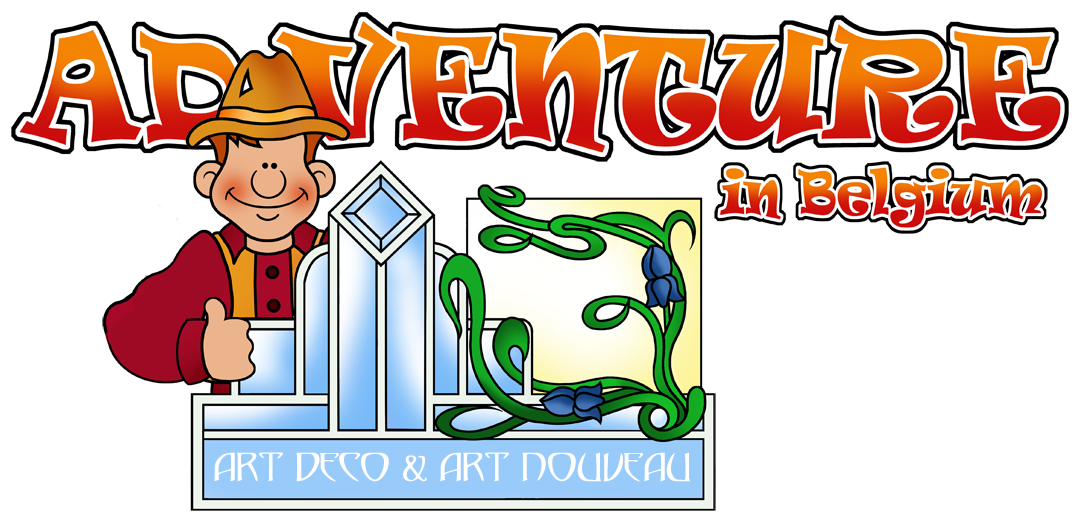Adventure in Belgium
I love to shop for antiques. (It's another one of those genetic things, but only from my mom.) Living in Europe was an antique fest for me. And, if you go anywhere in Belgium looking for antiques, you probably will find yourself in Tongeren. The oldest city in Belgium, Tongeren was settled by the Romans. You can still see some Roman walls in the city. But, I usually (always) went there to see the antique market on Sunday mornings.I was introduced to Tongeren shortly after I arrived in the country. I'd just moved to Europe from Africa. It cost thousands of dollars to make the move, and I knew I needed to stop collecting collectibles as I traveled the globe. I was in the mood to de-clutter my life.
And, then I went to Tongeren.
Need I say more? Much to my embarrassment, I found the most beautiful cabinet I’d ever seen. I thought about it for maybe thirty minutes, witnessed another couple examining it way too closely, and snapped it up the moment they left. That was years ago and I'm still glad I got it.
Belgium was a center for Art Nouveau and Art Deco in the early 1900's. I didn't know the difference, or anything else about them, before living in Antwerp. (Art Nouveau was inspired by free flowing organic lines and Art Nouveau women had flowing hair to match. Art Deco, with geometric lines to decorate places like Gotham City and Metropolis, had men and women built like superheroes. Take a second look at the above art.) Anyway, I picked up several little items and a few big ones from Tongeren over the years.
My last purchase was a tall, slender, Art Nouveau pitcher. The dealer said it was Art Deco. I knew he didn’t know what it was, so I thought that was why the price was so low. I snapped it up. Truth be told, I went back a week later and got the other two that he had. They looked magnificent on my fireplace mantle.
A Belgian friend, Chris, came to my home and I showed him the set. He knew as much about Art Nouveau and Art Deco as I should have known. He said right away that he suspected them to be reproductions made somewhere in Eastern Europe. First of all, I bought it at the wrong time of the day. If they were originals, a dealer would have snapped them up hours before I found them. In addition to the quality of the craftsmanship, he said that the flowers in the metal work should match the flowers in the ceramics. Next, he pointed out that the proportions on the figures' arms were not correct. When he looked at the faces in the metal work, he said, "It's my guess that these were made in Romania."
ROMANIA!!!!!!!!!!!!!!!!!!!!!!!!!!
I went directly to the kitchen to find the platter that I purchased in what I thought was a reputable antique shop in Romania. The identifying logo on the back was the same design, company and year as all three of my pitchers. Odds were not good for a coincidence like that. And, a life lesson was learned. You get what you pay for. I paid a fair price for those three reproductions. But, you don't always get what you pay for. I paid a lot more for that platter!
